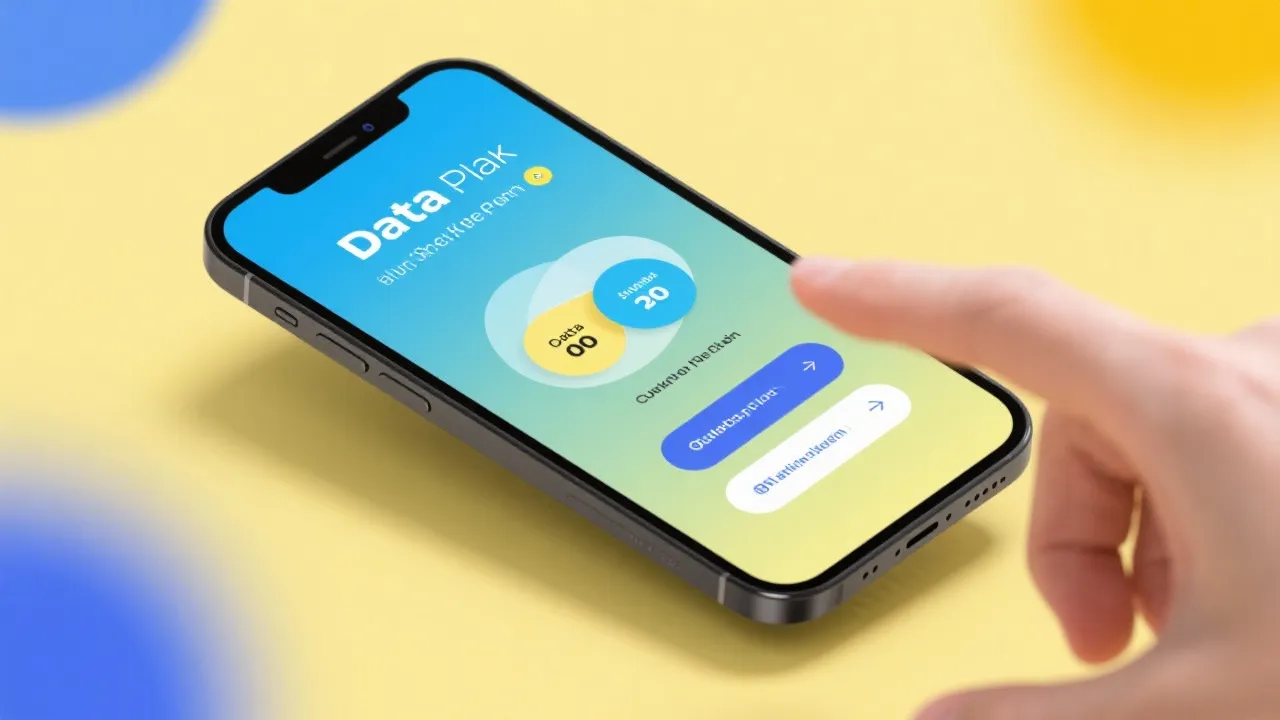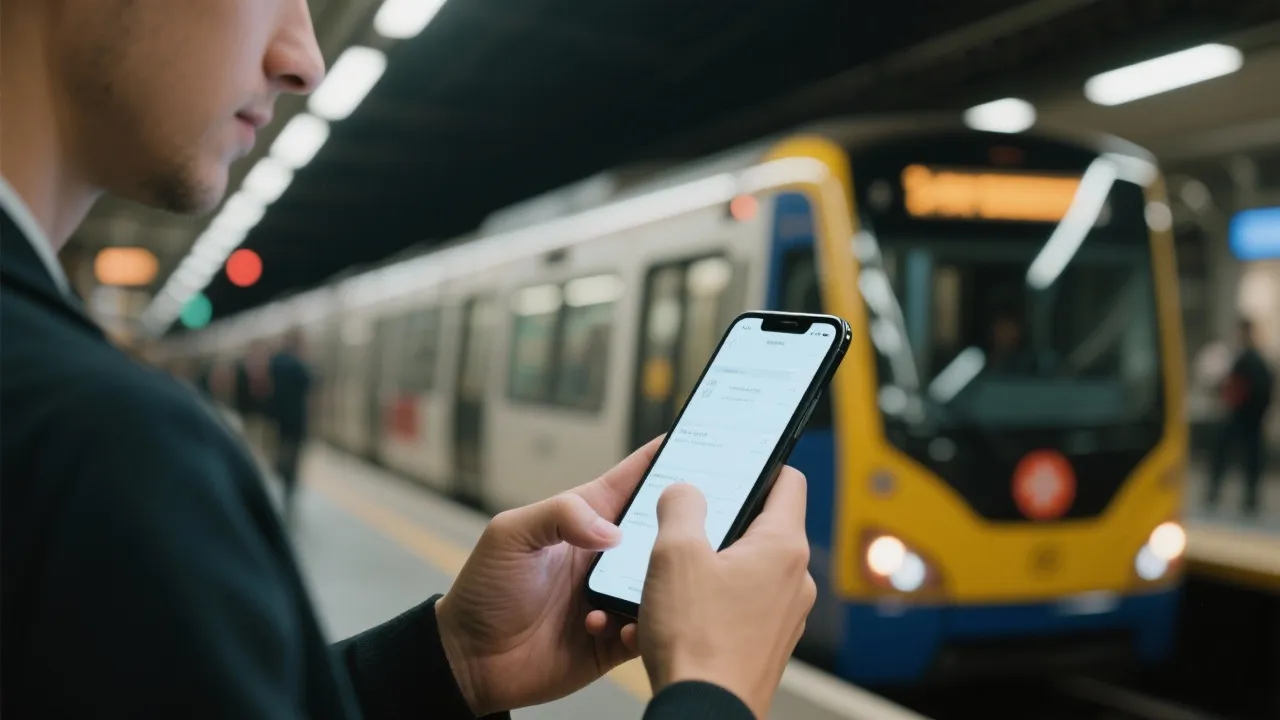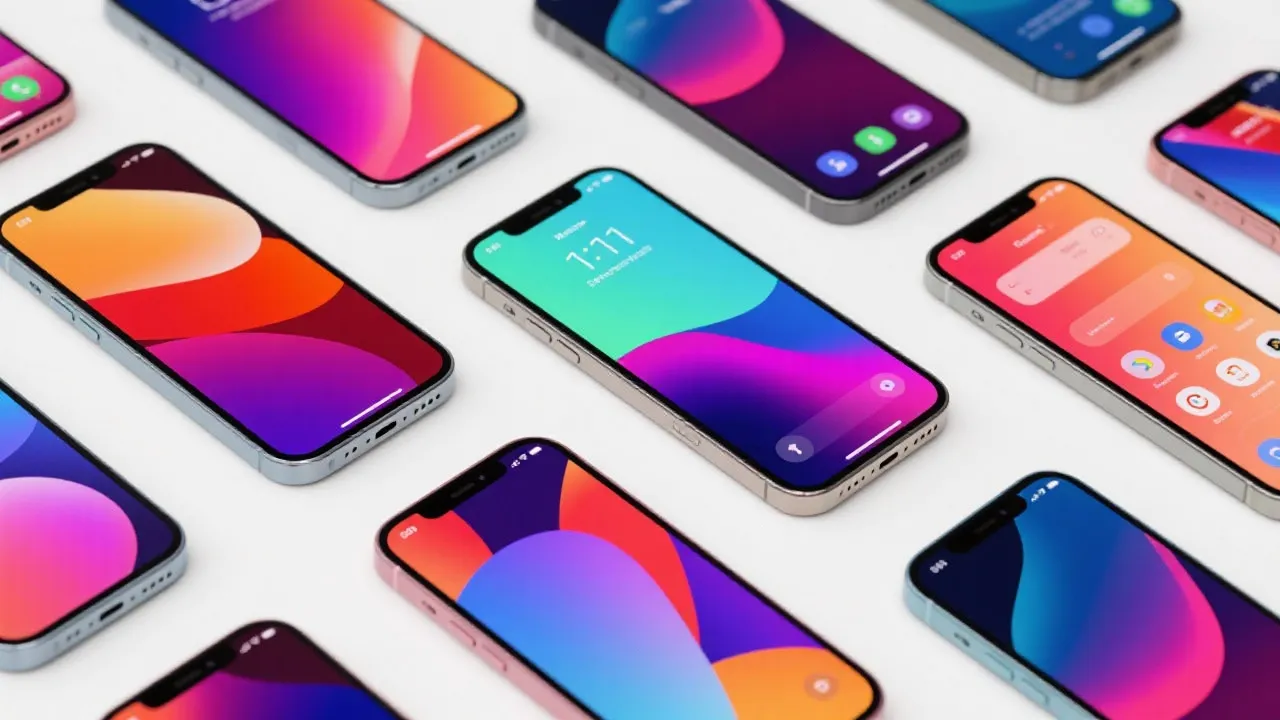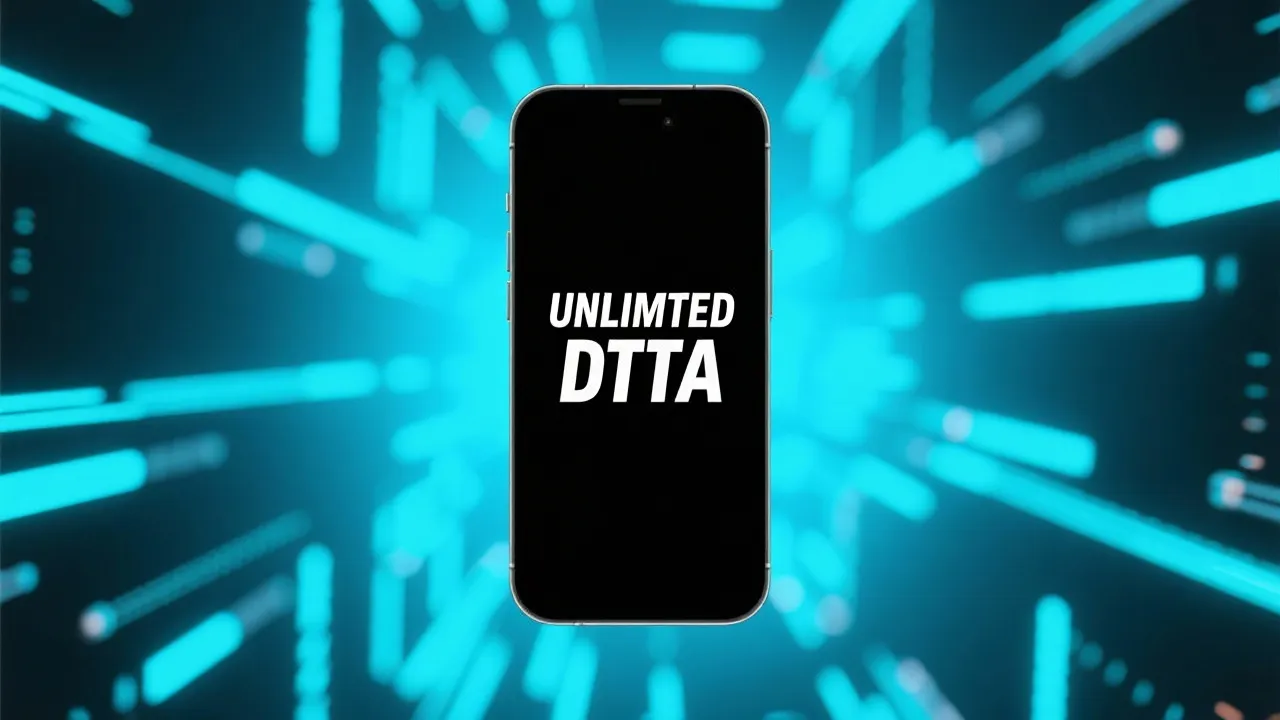Discovering the Benefits of Government Phone Programs
This guide delves into government phone programs offering devices and data plans. Programs providing complimentary smartphones and unlimited data aim to bridge the digital divide for eligible low-income individuals. Various providers, including SafeLink Wireless, Assurance Wireless, and Access Wireless, extend these services, enhancing connectivity and accessibility for disadvantaged communities.

Introduction to Government-Supported Phone Programs
In an increasingly interconnected world, access to communication technology is crucial. Government phone programs offer affordable solutions to low-income households, ensuring connectivity with essential services, friends, and family. These initiatives provide eligible individuals with complimentary phones and data plans, thus reducing barriers to communication and digital inclusion. The rise of smartphones has dramatically transformed how we communicate, access information, and even manage daily tasks. For many, owning a phone is more than a luxury; it is a necessity for survival, job opportunities, and staying connected with the world. The importance of staying connected cannot be understated, especially in a society that heavily relies on digital communication. Emerging technologies and platforms require individuals to have access not just to a phone, but to dependable service as well.
Understanding the Benefits of Affordable Phones with Unlimited Data
For many, the prospect of acquiring a device at low price alongside an unlimited data plan is more than just appealing—it can be life-changing, especially for those on limited incomes. Access to smartphones provides individuals not only with the ability to make calls or send texts but also allows them to manage finances, apply for jobs, and engage with social networks globally. The world has shifted to mobile-centric interactions. As such, possessing a smartphone allows individuals to access financial services, health care, educational resources, and more through various apps and online platforms. Through unlimited data, users can enjoy endless browsing, streaming, and more, staying informed and entertained without financial strain.
Unlimited data plans particularly empower users to tap into resources previously beyond their reach. For example, a college student on a budget can attend online classes without worrying about exhausting a limited data allowance. Additionally, job seekers can engage through video calls and web-based interviews seamlessly. This opens doors not just to employment opportunities but to essential support mechanisms like online counseling and community services, which are crucial during times of crisis or transition.
Overview of Leading Providers
The landscape of government-backed phone programs is diverse, with various carriers offering distinct plans and features tailored to their clientele’s needs. Key players in this field include:
| Provider | Standard Services | Additional Cost Options |
|---|---|---|
| SafeLink Wireless | Complimentary smartphone or BYOD, unlimited texting and calling, varying data plans | Device upgrades and extra data |
| Assurance Wireless | Affordable Android smartphone, unlimited talk, text, and data allowances | International calls and more high-speed data |
| StandUp Wireless | Affordable smartphone or BYOD, unlimited calls and texts, data options | Premium devices and more data |
| Access Wireless | Unlimited talk and text, limited high-speed data | Data upgrades and premium device options |
| True Wireless | Government-sponsored devices, voice and data services | Enhanced devices and additional data offerings |
Source: SafeLink Wireless, Assurance Wireless, StandUp Wireless, Access Wireless, True Wireless
Each provider has unique offerings that cater to different demographics. For instance, SafeLink Wireless, one of the leading providers, has extended its services to the elderly and those with disabilities, ensuring they have the necessary tools to communicate effectively. Assurance Wireless, meanwhile, stands out for its robust network service, offering extensive coverage that ensures users remain connected in even the most rural areas. StandUp Wireless emphasizes flexibility, allowing users the option of keeping their existing devices, thus reducing the overall cost of switching services. Meanwhile, Access Wireless caters to those who also want the assurance of a limited high-speed data plan for occasional heavy data use, all without overwhelming costs. True Wireless rounds out the offerings by providing enhanced options for those who may want additional data or newer devices to keep up with technological advancements.
Eligibility and Application Process
Eligibility for these phone programs is determined by household income or participation in federal or state assistance programs like Medicaid, SNAP, or SSI. Each provider may have slightly different qualifying criteria. However, it is crucial for applicants to familiarize themselves with these requirements to increase their chances of a smooth application process. Typically, applicants need to demonstrate their qualification through documentation confirming their participation in these programs or their income level relative to the federal poverty line. This might include pay stubs, tax documents, or official letters from assistance organizations.
The application processes are straightforward and user-friendly. Many providers offer online forms where you can submit required documents for verification. The Lifeline National Verifier is often involved in the process, ensuring that applicants meet necessary eligibility criteria before proceeding with the service. In addition to online applications, several providers also allow for mail-in forms if individuals prefer to submit their applications through traditional means. This flexibility ensures that all individuals can participate, no matter their comfort level with technology.
After submitting an application, users should expect confirmation notifications, typically through email or SMS, detailing the approval or denial of their request. In the case of a denial, providers will often specify the reasons and may give guidance on how to appeal or reapply, ensuring that applicants receive clear feedback on their submissions.
Frequently Asked Questions
- What are the common requirements to qualify for a government phone program?
Eligibility generally includes having an income level below a certain federal poverty threshold or participating in recognized assistance programs. Documentation requirements can vary, so it's vital to check with the specific provider’s requirements. - Can I keep my current phone number if I apply for one of these programs?
Yes, many providers allow you to port your existing phone number to their service. This ensures continuity of communication and allows users to avoid the hassle of notifying contacts of a number change. - How long does the application process typically take?
This varies by provider, but many applications are processed within a few weeks, contingent on the completeness of your submitted documentation. Applicants should stay in touch with customer service to get updates on their status. - Are there any hidden fees?
While the basic services are typically covered, additional services like upgraded devices or extra data may incur fees. It is important to review the terms of service carefully to understand any potential additional costs. - What should I do if my circumstances change after I receive my phone?
Users are required to report changes in circumstances that could affect their eligibility, such as changes in income or household size. Keeping providers informed ensures continued access to benefits.
Conclusion: Bridging the Digital Divide
Government-supported phone programs provide significant benefits by offering essential communication tools to those who need them most. These initiatives represent a crucial step in bridging the digital divide, supporting individuals in accessing essential services and participating more fully in society. Beyond mere communication, these programs empower individuals to thrive in various facets of their lives—from education and employment to personal connectivity and health services.
The digital divide manifests in multiple aspects of our society, often creating a ripple effect that perpetuates cycles of poverty and isolation. By equipping low-income households with affordable phones and data plans, government initiatives play an integral role in leveling the playing field. As technology continues to evolve, there is a pressing need to keep these programs updated and accessible to ensure that no one is left behind in this digital age.
As awareness and understanding of these programs spread, it is likely that more individuals will benefit from the technological support that allows them to improve their living conditions, access educational resources, and maintain relationships. Such advancements have a profound societal impact and contribute to the overall economic growth and cultural cohesion of communities.
Disclaimer
This article's information is sourced from online resources, current as of October 2023. This website cannot guarantee that applicants will definitively receive a government-provided phone. We recommend consulting the official criteria of service providers for specific application requirements. Updates to the information will not be available in real-time.
References
In order to further understand the importance of these programs, personal anecdotes from beneficiaries offer powerful insights into their impact. Stories from individuals who have successfully navigated the application process can inspire confidence in those who are hesitant to apply. Many report that receiving a government phone was not just about gaining access to communication tools, but about finding a sense of empowerment and connection they had long been missing. Such testimonies highlight the human aspect of these programs and reinforce the critical role they play in promoting inclusivity and accessibility in our technology-driven society.
As we continue to advocate for the expansion of government phone programs, it is essential to address potential challenges these initiatives may face within the evolving landscape of technology and social support. Proposals for technological integration, like introducing telehealth services or facilitating educational access through these services, can help in realizing an inclusive future where technology serves as a bridge for all. Policymakers and service providers must work together to continuously improve these offerings and adapt to the changing needs of society.
The future of government-supported phone programs looks promising with advancements in technology and ongoing commitment to digital equity. As these programs evolve, they continue to play a vital role in fostering greater communication accessibility and ensuring that every voice has the opportunity to be heard in our increasingly digital world.
-
1

Reducing Costs and Enhancing Technology in Solar Panels
-
2

Affordable Life Insurance Options for Seniors
-
3

Comprehensive Guide to Choosing the Right Smartphone
-
4

Unlock Affordable Online Learning: A Seniors’ Guide to Economical Educational Opportunities
-
5

Discover the Keys to Landing Your Perfect Work-from-Home Job: An Essential Guide










